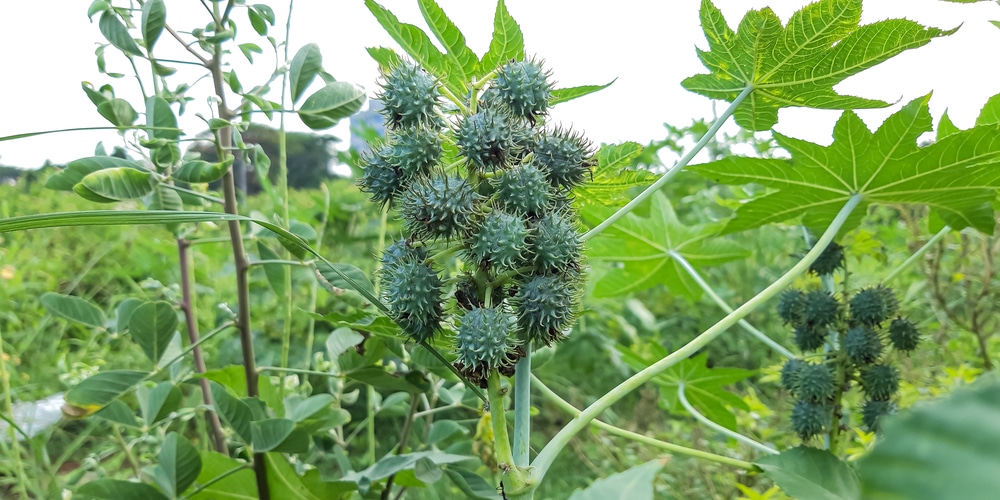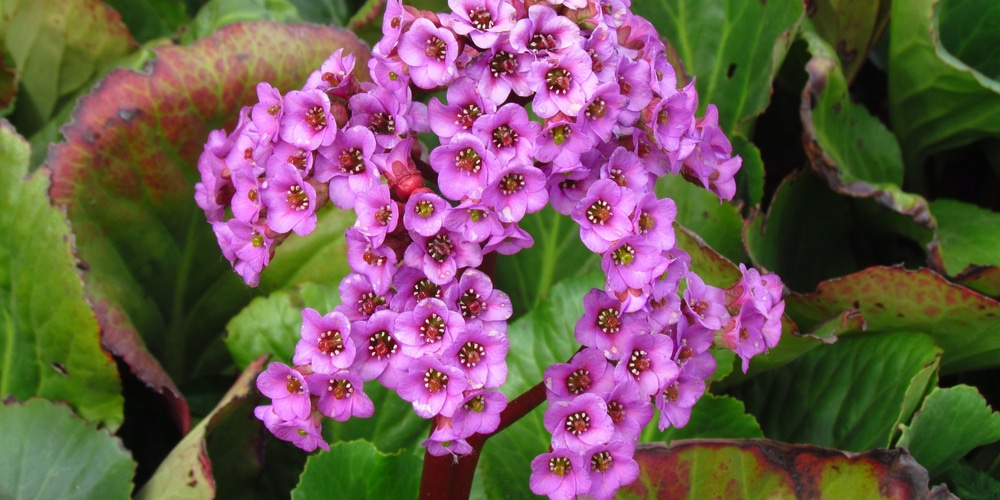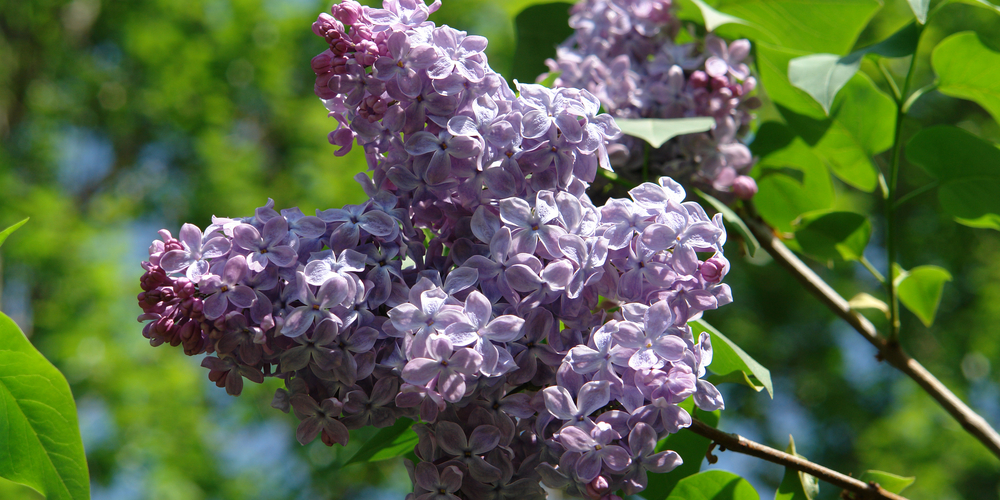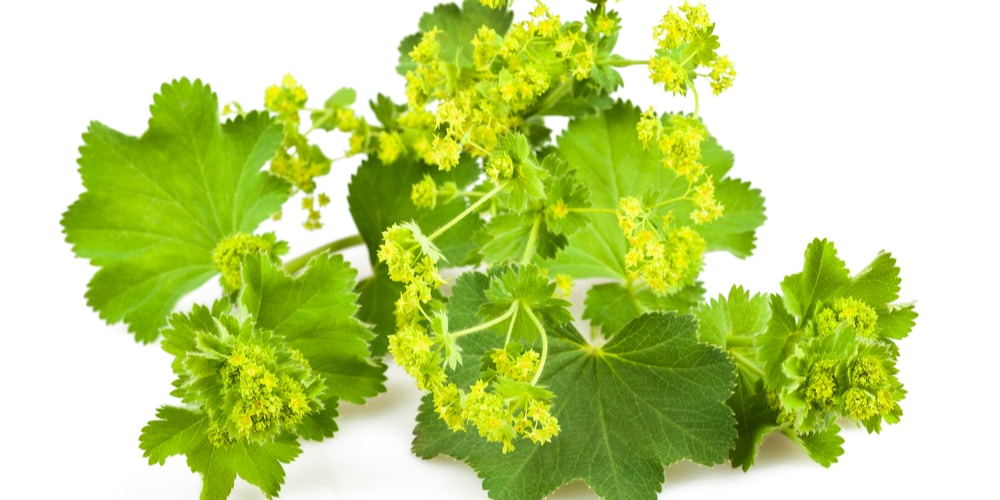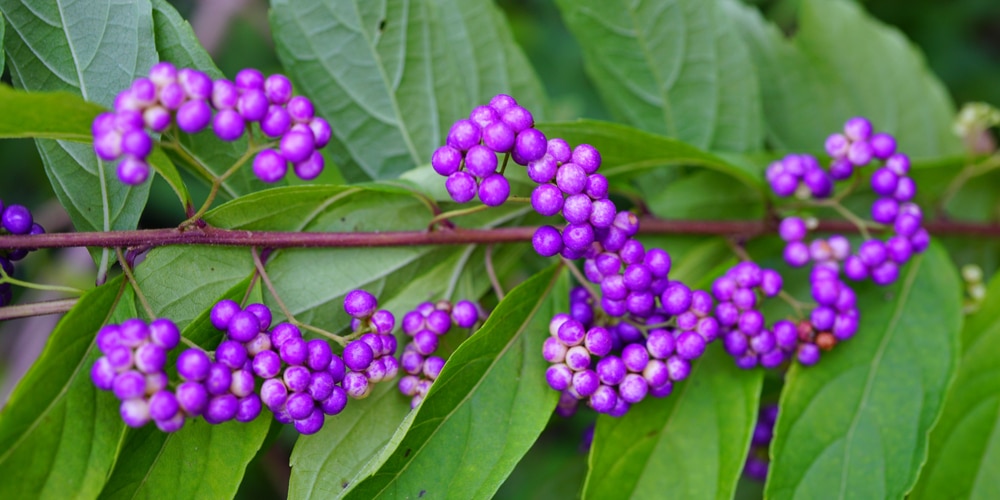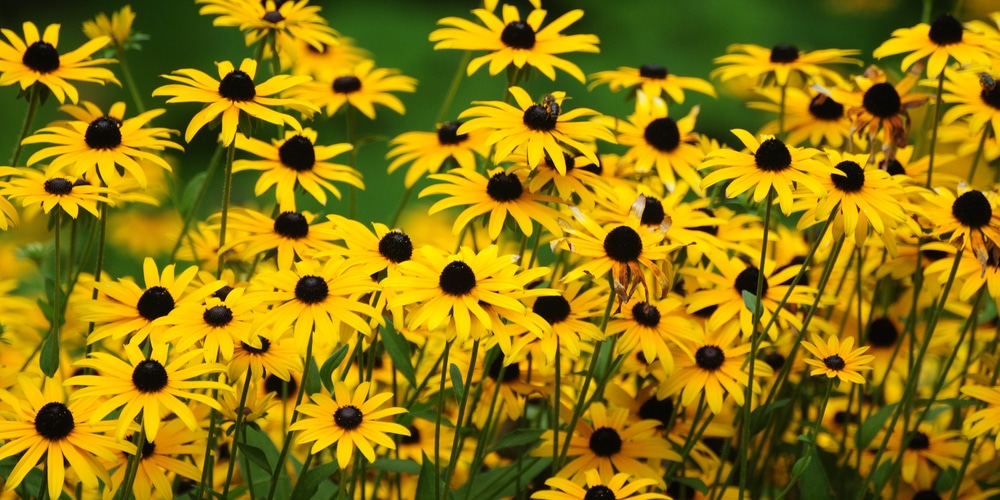In gardening, everything has a purpose. Even something as simple as the soil comes in different types, each with characteristics that enhance the growth of some plants but not others. So, knowing which plants grow best in your garden is essential to creating a lush and healthy yard with happy plants that do not struggle to get the nutrients they need to survive.
Do You Need to Limit Yourself to These Types of Plants?
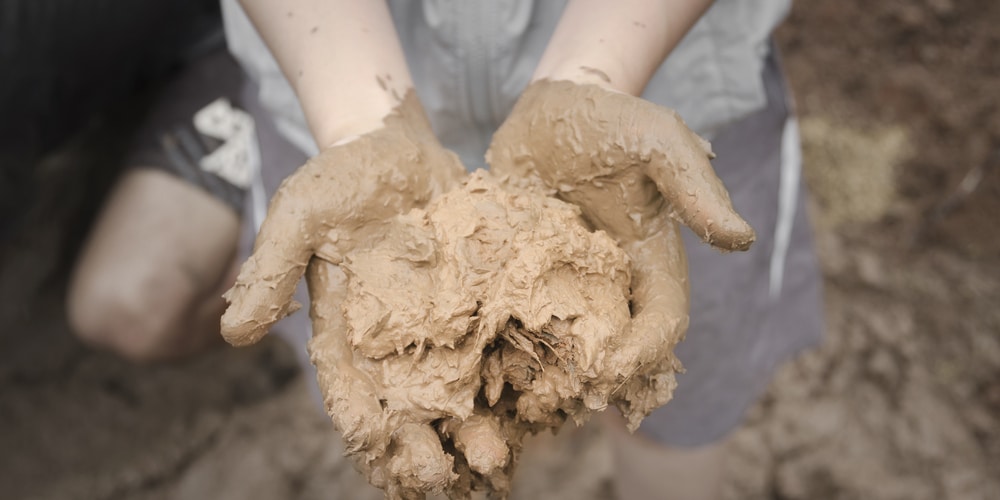
Each type of soil comes with benefits and drawbacks. And to get the most out of your garden, you must be familiar with them. Unfortunately, not all landscapes can count on fertile and well-draining soil. But don’t despair: if you have clay soil in your yard, that doesn’t mean you cannot successfully grow healthy plants on it.
Yes, clay and sand can be challenging to work with to grow plants. Heavy clay, in particular, can prevent oxygen from getting into the lower layers of the substrate, creating conditions that won’t allow plants to carry out photosynthesis.
Because of its density, it might retain water so much to become soggy, which, in turn, can cause roots to rot. But even if clay is a challenging material, it doesn’t mean it is impossible to have the garden of your dream! Indeed, some plant species can grow under such conditions.
Plants that Do Well in Clay Soil With Poor Drainage
In this essential guide, we provide you with a list of our favorite plants for clay soil with poor drainage. Make sure you pay attention if your objective is to add suitable plants to your garden!
Castor Bean
Castor bean is a tough perennial flowering plant hardy to USDA hardiness zones 9-12. Native to Africa, the plants grow well as shade covers or in containers. In tropical regions, they can reach up to 40 feet in height. But if you live in a colder area, don’t worry: you can always grow castor bean as an annual.
The plants display stunning star-shaped foliage that can add density and beauty to your garden. Plus, they produce prickly fruits that release seeds that make castor oil. Besides surviving even in clay soils, castor bean is also relatively easy to grow, making them an ideal option even for beginner gardeners.
Heartleaf Bergenia
Also known as “pigsqueak,” heartleaf bergenia is a perennial plant that can tolerate various substrates, including clay soils. Despite its unattractive common name, the plant is stunning, dense, and produces beautiful blooms. If you need to add volume and color to your garden, consider adding heartleaf bergenia to your yard! Plus, it makes for an ideal companion plant because it attracts a wide range of pollinators, contributing to increasing the diversity of your garden.
Lilac
A garden with clay soil doesn’t have to look dull. If you live in USDA hardiness zones between 3 and 7, consider adding lilacs! Don’t be fooled by the delicate looks of these plants: they are versatile and can adapt to various conditions, including clay soil with poor drainage.
Don’t forget to plant them under the full sun to get bright-colored blooms over the summer. The plants’ purple flowers will increase the aesthetics of your garden in ways you never imagined! For best results, consider adding peat moss: doing so will improve growing conditions and enhance blooming.
Lady’s Mantle
You can grow Lady’s Mantle to add privacy to your property elegantly: its bright-colored and dense foliage is stunning and adds a beautiful touch to any setting. The plant has a high tolerance to challenging conditions, including poor-draining and compact soils. But beware: under optimal conditions, the plant can become invasive. You might have to prune it regularly to keep it under control.
Beautyberry
Beautyberry is a shrub native to Southeast Asia that produces clusters of white or pink flowers and edible berries. You can add it as a border plant or hedge to your garden, no matter your soil’s conditions. However, to improve growth, you might have to add some compost.
Black-Eyed Susan
If you are looking for ways to brighten your garden with some vivid color, look no further than black-eyed Susan. This plant grows well in clay soil and thrives in hardiness zones between 3 and 9.
Under optimal conditions, Black-Eyed Susan plants grow as perennial: with the proper care, you’ll be able to enjoy yellow flowers every year! Plus, the blooms will attract plenty of beneficial pollinators to your garden, including butterflies and bees, which is never a bad thing.
Related Article: A Guide to Planting Grass in Clay Soil
